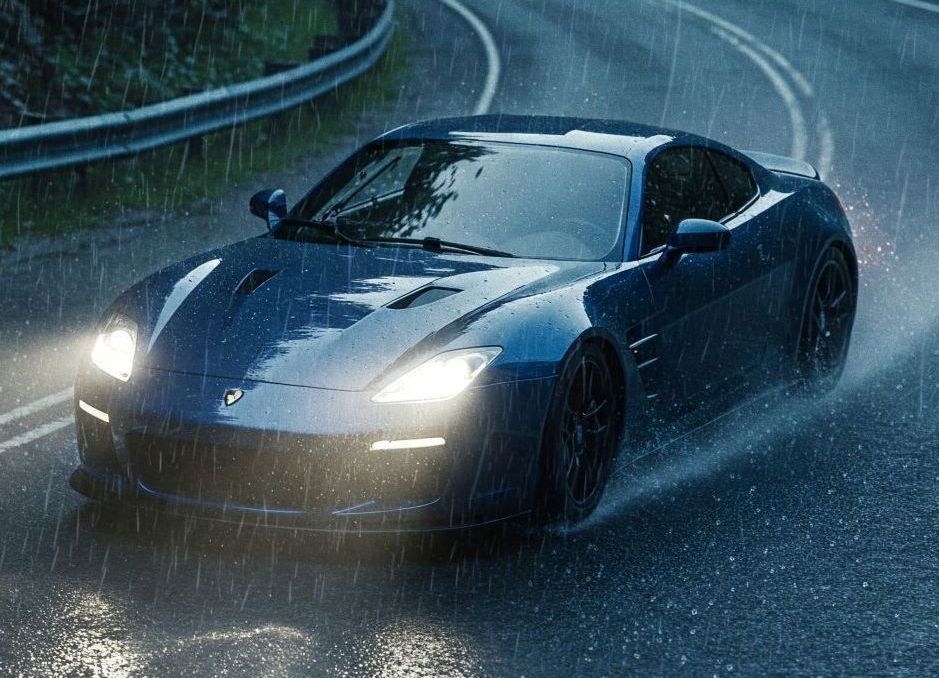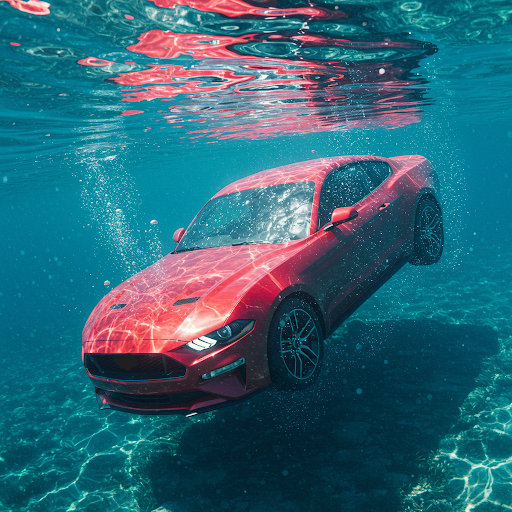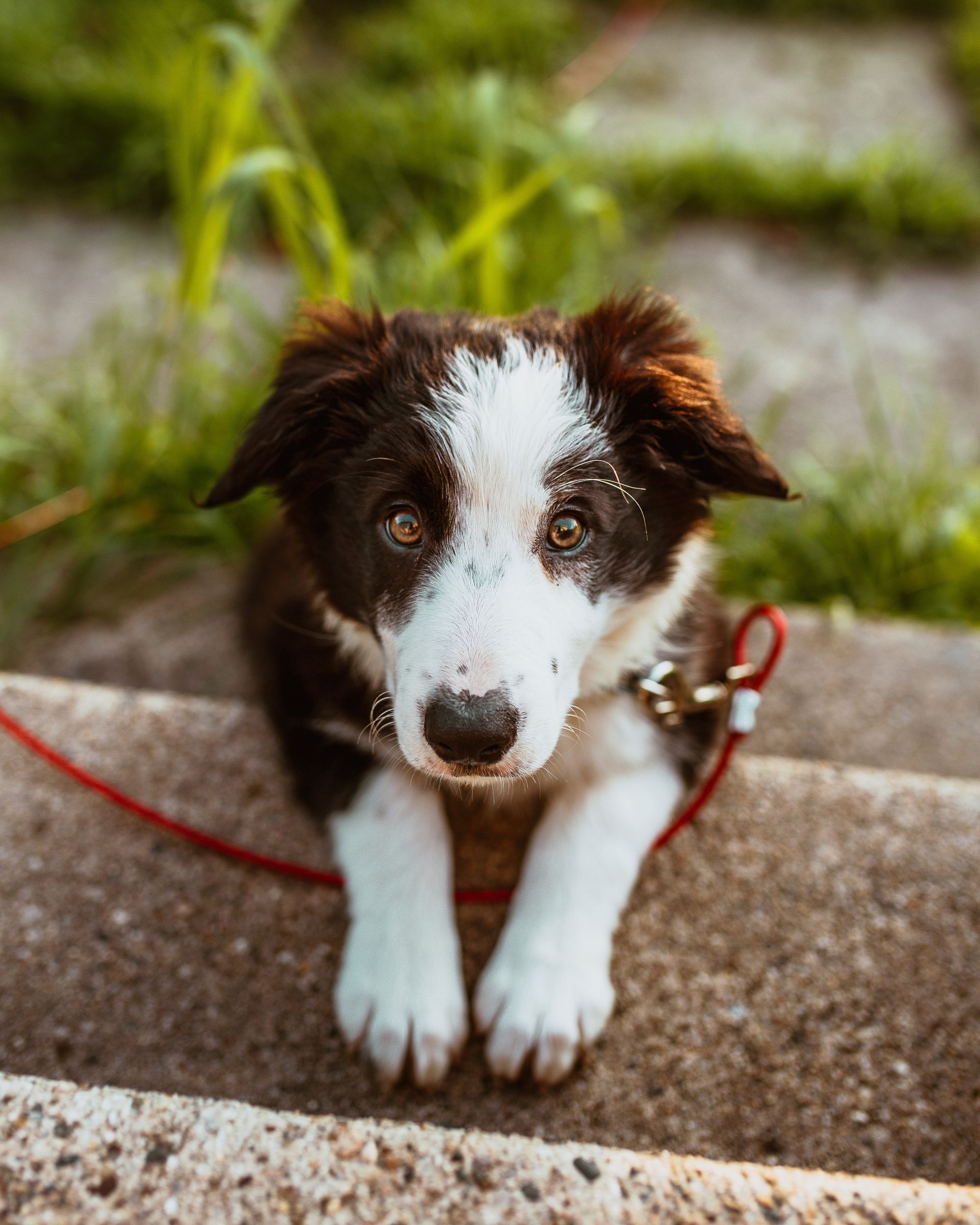Pet Grooming Guide
Dog Grooming
Pet Grooming Guide: Intervention: is it time to take your stinky pup to the groomer? No matter what kind of dog you have, short-haired or long, a trip to the groomer is well worth the investment. Not only are they given a thorough cleaning, most groomers will also offer nail clippings, a hair trim or shave, and skin exfoliation.
How often should you bring your pet to the groomers?
We recommend that you check into the groomers every 4-6 weeks. Of course, this will depend on how long you want your dog’s hair to be and how much care you’d like to do at home. Breeds with shorter hair (like labs and terriers) can sometimes go even longer depending on how much they shed. Show dogs should be bathed and brushed out once or twice a week to keep their coat and skin in tip top shape!
How should I take my dog to the dog stylist?
Keep your pet on a leash and collar or harness when visiting the groomer, even if you think your pet is friendly. Different sounds, sights and smells can trigger unusual behavior, especially if there are other animals in the area. Keep your dog away from others.
My nervous dog, how do I calm my dog?
Is your dog nervous? Try bringing your pet to meet the groomer first! This makes a second trip, but it helps since they’ll become familiar with the groomer before the actual grooming appointment. For more tips on soothing your dog’s anxiety, check out this great source from Proud Dog Mom.
Do not use human shampoo to bathe your dogs – the acidity can upset the balance of their skin
How to pick a good groomer?
The breeder or animal shelter you got your dog from might have great recommendations for a groomer since they’re familiar with the territory. Veterinarians are also a good resource, as are your friends. Ask around and feel free to switch until you find someone you really like.
What should I tell the groomer?
Have an unusual request? It doesn’t hurt to describe what you would like your pet to look like after all is done at the groomers, but make sure to remember that every dog’s hair is different. What looks adorable on one dog may look strange on yours.
Maintaining in between groomer visits.
Your pet will require some maintenance in between visits. If they’re getting smelly or their fur has tangles, a bath is a great start! After brushing your pet, go through with a comb and make sure you’ve brushed all the way to the skin to avoid matting.
Remember, styling and grooming isn’t just about the hair! Groomers also have the awesome ability to find health hazards owners would otherwise be oblivious to. Ear infections, a lump or bump, skin irritation and even enlarged limp-nodes are all things your groomer can help diagnose, which will keep your pup happy and make your life easier.
The post Pet Grooming Guide appeared first on Select Source Insurance Group.



All Rights Reserved | Privacy Policy | Terms of Use

